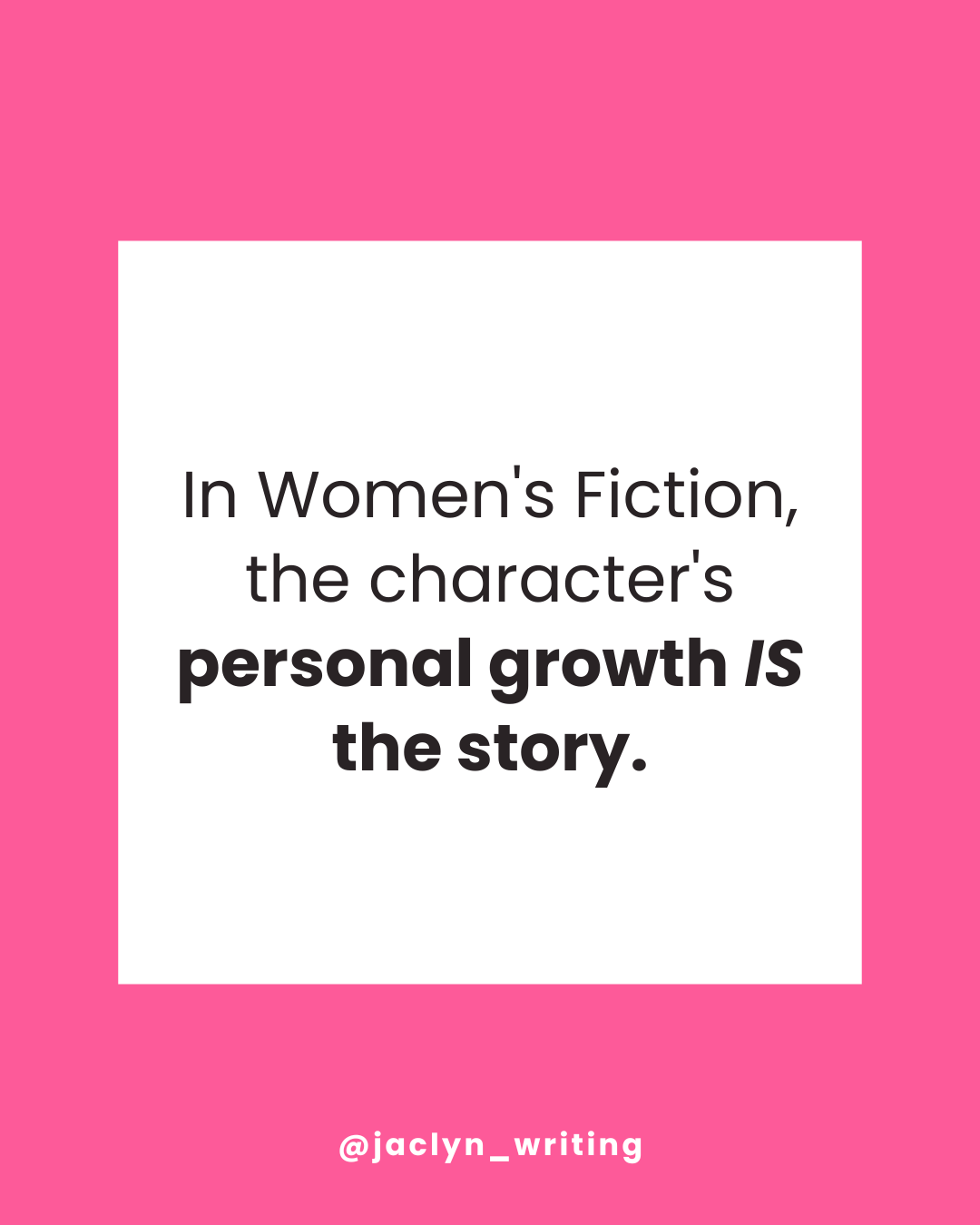My debut novel, DEAR DOTTY, turned one on June 4th (which I still can’t quite wrap my mind around), and just a couple of days later, it was announced as a finalist for the Women’s Fiction Writers Association Star Award! This was a very big, very exciting surprise, and the other two books in the debut category — Caitlin Weaver’s SUCH A GOOD FAMILY and Christine Gunderson’s FRIENDS WITH SECRETS — are fantastic.
Amid all this excitement, I realized this might be the perfect time to explain what women's fiction actually is. I've had many conversations over the last year where I attempt to explain my genre and fail miserably (I'm better in writing!).
I actually didn't know I was writing women's fiction when I started drafting DEAR DOTTY. Once I figured out what genre my story fit into, I realized I was already a huge fan — Jodi Picoult, Lori Nelson Spielman, Emily Giffin, Kristin Hannah, Jennifer Weiner, and Taylor Jenkins Reid are some of my favorite women’s fiction authors.
Here’s the Women’s Fiction Writers Association’s definition:
Women's Fiction is a layered story in which the plot is driven by the protagonist’s emotional journey. Women’s Fiction can encompass a wide range of genres, including speculative, mystery, contemporary, science fiction, and more, and can be set in any time period.
If you pick up a women's fiction novel, you'll meet a character who has some growing to do — maybe they need to step into their authentic self, like Rosie in DEAR DOTTY, or let go of the belief that they can control everything, like Eliza in LUCKY BREAK.
But how does the character learn these lessons?
That's the story!
The protagonist’s emotional journey may be shaped by sudden upheaval, world events, new love, unexpected discoveries, or devastating loss. It could be any combination of factors that sends our protagonist on a journey of self-discovery, which is what makes women's fiction so satisfying to read.
Elements of Women’s Fiction:
Flawed, relatable protagonist
Emotional depth & complex relationships
Often includes romantic elements (but romance isn't the primary focus)
May blend other genres, like mystery, historical, or suspense
Explores real-life challenges like divorce, career changes, or grief
Usually features an uplifting ending
Women's fiction has a lot of leeway when incorporating elements from different genres. Unlike mysteries or romances (two of my favorites) that have specific conventions and story beats, women's fiction often takes a more free-wheeling approach.
I had so much fun blending cozy mystery and romance into LUCKY BREAK. Eliza meets Joel about a quarter of the way into the book (definitely not romance pacing, where meeting the love interest is the inciting incident). The mystery involving her home's previous owner doesn't fully emerge until she's settled in Juneberry Lake (much later than traditional mysteries, where the crime happens in opening chapters).
In women's fiction, these genre elements serve the character's emotional journey rather than driving it. The mystery helps Eliza connect with her community and discover who she wants to be. The romance provides hope as she rebuilds her life. Both are important, but neither defines her story completely.
Are you a women’s fiction reader? What are your favorite genres to read? I’m pretty omnivorous myself, which definitely informs the stories I write!
One last thing... I'm revealing this charming map of Juneberry Lake piece by piece on Instagram. Once complete, I'll have a fun announcement! Follow along on Instagram or check back here next week.
A word to the wise — if you haven’t pre-ordered LUCKY BREAK yet, you should now! You’ll see why soon…













Congratulations. Your writing is wonderful
Congrats, Jaclyn! This is well-deserved!